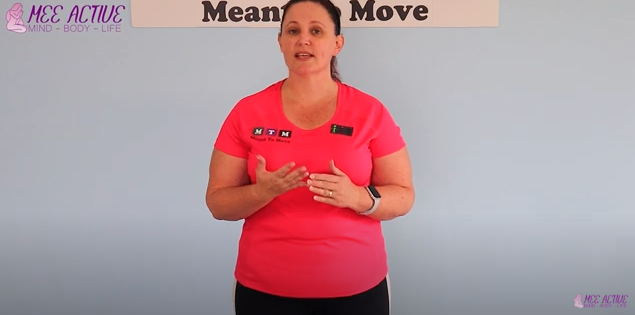Better Brain Power – combining cognitive function and exercise
fitness older-adults wellnessExercise is good for the heart, bones and muscles. But did you know it’s also good for the brain?
Recent studies present exercise as a key player in preserving brain function as we age. Fit body, sharp mind, what better combination.
There are different ways to aid and improve cognitive ability.
One way is combining the powerful effects of various exercises and movement to advance brain function on many levels. Modified training processes are provided for those with physical disorders.
This is something Rachelle from MEE Active has been working on extensively within her coaching practice, especially when educating and training over 50’s towards active ageing. Since joining MEE Active classes, many participants have noticed overall improvements including learning, memory and attention span.
Take a look at one of their recent classes where they utilised the power of boxing drills to help with cognitive ability: Movement and Mind Video

What is cognitive function?
Cognitive function is a mental process allowing us to carry out tasks as in, receiving, storing retrieving and processing information from the outside world.
Cognitive functions include: memory, perception, decision making, problem solving, attention span and language.
Each one of these works to help you process information.
Why is cognitive function important?
As we age our normal brain function may start to decline.
This can occur from as early as mid 40s.
Whoops! Parked the car at a busy shopping outlet and forgotten where you parked?
Or put the milk in the pantry again?
Finding ways of keeping cognitive faculties in tip top condition is vital at any age. And the best part of that is we can begin to see improvements at any age with consistent work.
How can exercise and movement help maintain mental fitness?
For one, exercise and movement send oxygen-rich blood flow to the brain. It also stimulates the brain’s ability to maintain old neural connections and make new ones.
Additionally, it increases brain structure important to memory and learning, while integrating the left and right hemispheres to connect and coordinate.
What sort of exercise can help?
There are so many different ways you can give your brain and body a workout at the same time. Take a look at the short video showing several ways you can easily add this form of training into your life.

Other ways to incorporate this form of exercise:
Navigation
Trail walking, hiking or exploring new terrain, uses navigational skills boosting brain plasticity and helping functional brain pathways to form. It is classified as technically difficult due to the different gradients and terrain under foot which also uses brain power.
Coordination
Ball sports requires different skills and cognitive ability where and when you need to think and act quickly.
How often should you perform these exercises?
American health guidelines suggest 150 minutes minimum a week of moderate intensity exercise (slightly out of breath, can still hold a conversation) or 75 minutes a week of vigorous intensity exercise (cannot hold a conversation) or a combination of both.
Combining this form of brain and body exercise would be considered as moderate and would count towards the above 150 minute total.
It’s highly beneficial to add 20 minutes of this form of exercise, twice weekly after your morning walk.
Have YOU thought about combining exercise and brain power to help with cognitive function?
Do you need some support with fitness and health for life?
If you are unsure of where to begin, are lacking in body confidence or overwhelmed with the whole idea of the how to of exercise and fitness, you can join the MEE Active VIP email community here.
About the Author:
Rachelle is the founder of MEE Active and helps people step off the sidelines of life and into movement that matters.
A certified Female Health and Performance coach as well as movement and rehabilitation specialist she enjoys teaching people about the connection between their mind and body.
- MEE Active
- 30.04.20


